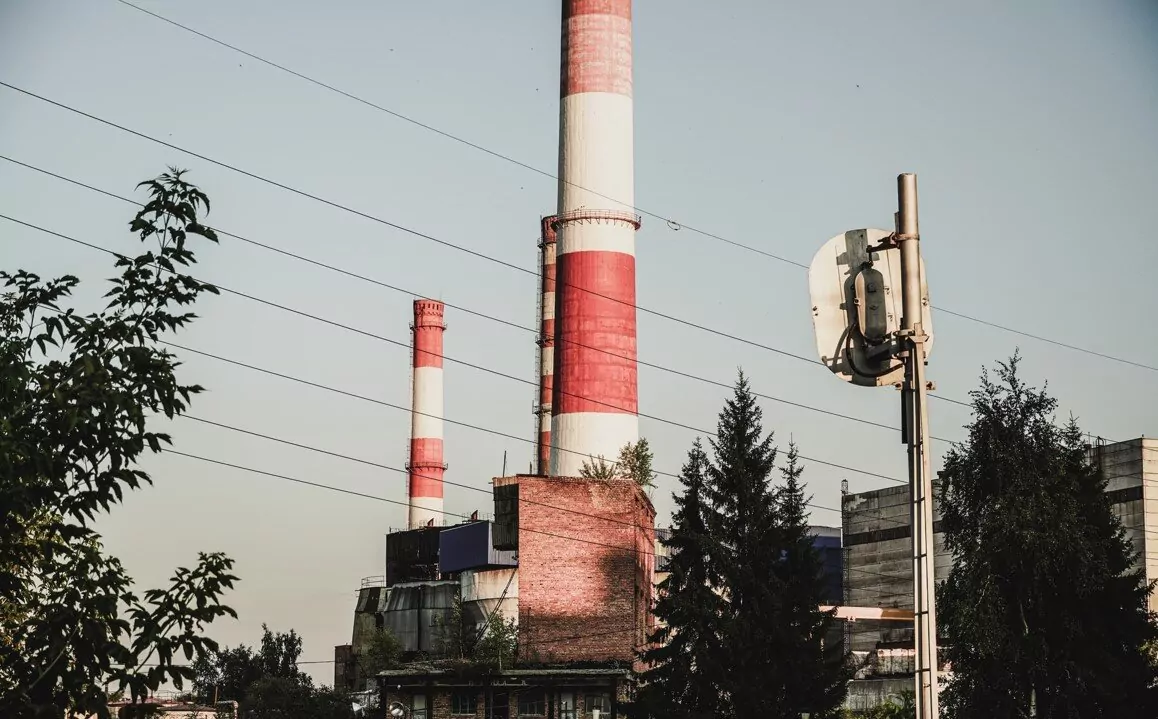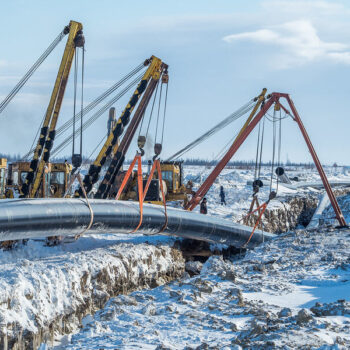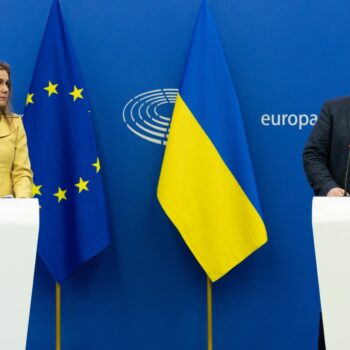Russia’s attack on Ukraine has had immediate and long-lasting consequences. It has also impacted the energy and climate discussion at the EU level and in Member States. On 8 March, the Commission published the REPowerEU communication as the first part of the EU’s response to the crisis. The communication acknowledges that the green transition and the ‘Fit for 55’ legislation are the most efficient and cheapest way to decrease the EU’s Russian gas consumption.
The REPowerEU communication foresees a reduction of around 100 -155 billion cubic meters (bcm) of gas by 2030. In other words, 25%-39% of the 400 bcm the EU imported in 2020. This pushes the envelope of gas demand reduction beyond previous EU Green Deal ambitions.
As a recent report by E3G, RAP, Ember and Bellona shows, delivering the EU’s ‘Fit for 55’ package and additional measures to accelerate the deployment of renewable electricity, energy efficiency and electrification would cut 101 bcm of gas consumption by 2025. This equals 66 per cent of the yearly Russian imports. Sourcing additional gas imports could experience a short boom cycle. However, it would be constrained by tight global markets and soon become a shrinking business.
‘Fit for 55’ clean solutions to transition away from Russian gas
On the one hand, this crisis and the reaction from the Commission show that the clean solutions within the ‘Fit for 55’ package are the fastest, cheapest and most efficient levers to decrease our dependency on fossil gas. Therefore, they should be a priority.
Among the legislative proposals under discussion by the European Parliament and the European Council, the Renewable Energy (RED), Energy Efficiency (EED), and Energy Performance of Buildings (EPBD) directives contain the key provisions to deliver deep gas demand cuts. Increasing their ambition levels is vital to give long term visibility to supply chain ramp-up and to investment.
The ambition also needs to be clear and concrete enough for European households and businesses to act. For example, the heating sector is responsible for 35 per cent of EU gas demand. The Energy Efficiency Directive can send clear signals by ensuring fossil technologies do not count toward energy savings obligations. Moreover, the Renewable Energy Directive can mandate higher rates of renewables in the heating and cooling sector. Germany is already requiring new heating appliances to have a share of 65 per cent of renewables from 2024. This is a de facto phase-out of fossil boilers.
The EU’s gas package is no longer fit for purpose
On the other hand, the current crisis means the proposed gas market legislation has become unfit for purpose. The gas package was originally broadly intended to design the post-2030 gas market in a slow transition to climate neutrality, minimising disruption to the gas sector.
We are now turbocharging the transition, which means this is no longer tenable for two reasons. First, lawmakers’ attention should go to scaling up clean replacements, which should be a priority at a time of limited bandwidth. Second, some of the basic assumptions underpinning the proposal no longer reflect the energy reality of today:
- The costs of fossil fuels and fossil fuels derived products, such as blue hydrogen. The relative price of gas under an LNG-based diversification strategy will be much higher than the one supplied by Russia in the last decade. Therefore, price assumptions need to be reassessed.
- The untargeted approach for hydrogen. At a time of energy scarcity, those who make the most efficient energy use will be most resilient. This means targeted hydrogen use is indispensable for a fast and effective replacement of Russian gas.
- The question of infrastructure redundancy for resilience purposes. The gas package should focus on scaling down redundancy in gas infrastructure. This is to avoid unnecessary costs for consumers or energy security challenges.
Co-legislators should focus their efforts on being as ambitious as possible on the gas demand reduction provisions within the first part of the ‘Fit for 55’ package and in the EPBD. The EU should harness the European Green Deal as a geopolitical tool for more resilience. Meanwhile, the REPowerEU plan, expected on 17 May, can kickstart a scaled-up clean energy response to the current social and security threat from Europe’s gas dependency.


